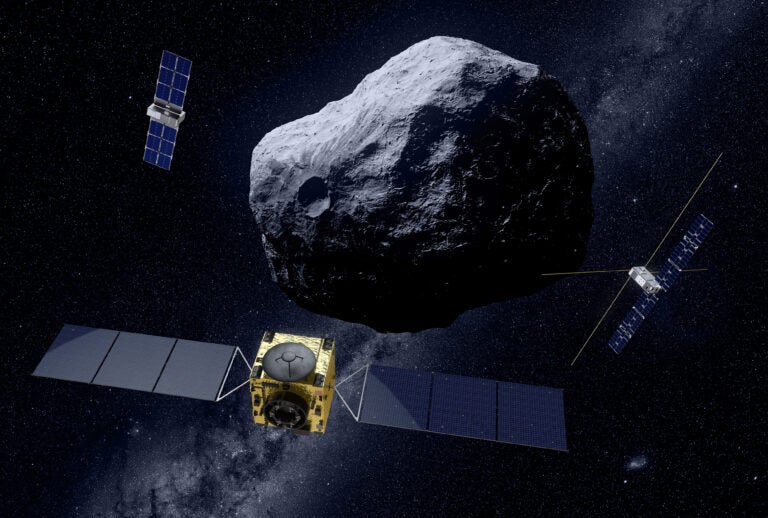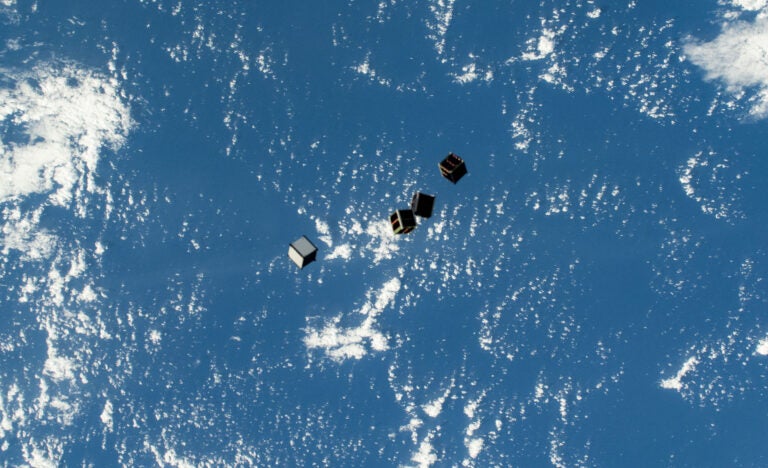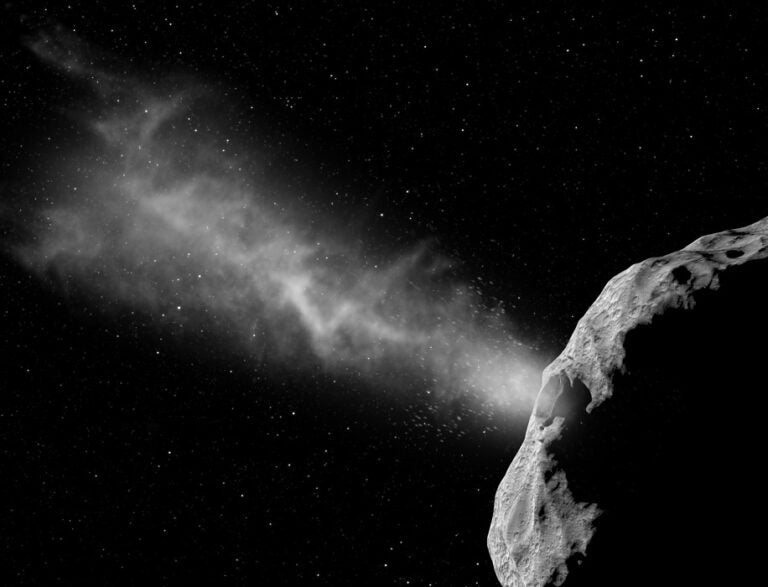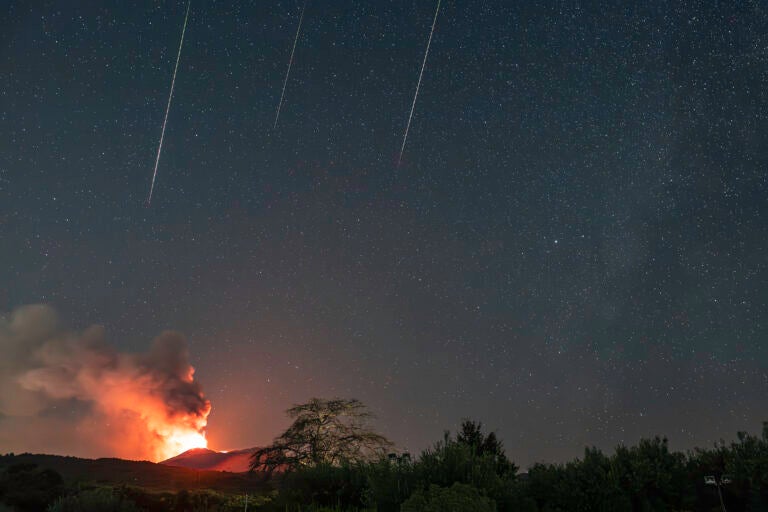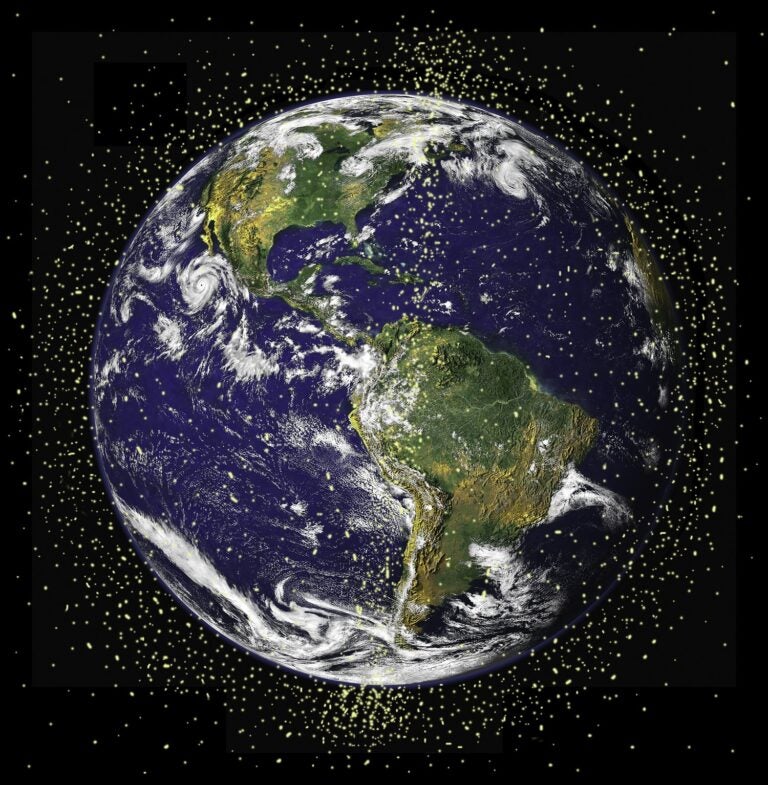Carrying out the James Webb Space Telescope’s (JWST) ground-breaking mission required powerful technological innovations in optics, detectors, mirrors and a multitude of other areas. JWST’s unprecedented scientific power is partly a function of the size and extreme sensitivity of its primary mirror, which collects the images from space. The gold-plated mirror is 21 feet in diameter, giving a collecting area of 273 square feet.
At its fully deployed size, the mirror would have been too large to fit into the Ariane 5 rocket that launched it, so it was built in 18 hexagonal segments designed to unfold once the telescope was in space. These segments have to be minutely controlled to meld them into a single optical surface. JWST has 132 tiny electric motors dedicated to mirror control and each mirror segment requires seven small motors — six to change position and one central motor to adjust the radius of curvature. (The reflected light then goes to the secondary mirror which has another six motors to change its position.) Because materials change shape as they are cooled, each mirror segment was ground to a shape that was optically wrong at room temperature, but which would warp into the correct shape at the low operating temperature of the JWST.
After the launch, the mirror segments all pointed in different directions, thanks to both tremors during liftoff and thermal contractions caused by reduction in temperature. To make sure the segments were properly aligned, NASA chose a particularly bright star in Ursa Major as an alignment target, since it was relatively isolated from other stars and therefore easy to find. The mirrors were then adjusted until they all picked up the image of that star and the 18 images were merged into one. In the image of the chosen star, it’s possible to see tiny spots of light in the background, each one a distant galaxy, millions if not billions of light years away and previously out of reach — a taste of JWST’s future capabilities.
An array of features
JWST also has a microshutter array, a grid of 248,000 doors (each 0.004 inch by 0.008 inch) that can be opened or closed to let in light from a particular object in space while blocking light from other objects. Or the array can select many objects and measure an overall property. “To build a telescope that can peer farther than Hubble can, we needed a brand-new technology,” said Murzy Jhabvala, chief engineer of Goddard’s Instrument Technology and Systems Division, in a NASA post about the microshutter technology. “We’ve worked on this design for over six years, opening and closing the tiny shutters tens of thousands of times in order to perfect the technology.”
JWST collects infrared (heat) radiation, which has a wavelength longer than visible light but shorter than radio waves. Infrared radiation can pass more freely through regions of cosmic gas and dust, and perhaps allow JWST to observe the formation of new planetary systems normally shrouded in fine particles.
Infrared radiation traveling from the target object in space is collected by the primary mirror, reflected onto the smaller secondary mirror and then directed into one of four scientific instruments which may focus, filter, or disperse the light. Four instruments are necessary because some are more suitable than others for observing specific types of objects such as planets, stars, nebulae and galaxies.
To keep the infrared glow of the telescope itself from swamping faint astronomical signals, JWST has to operate at extremely low temperatures. One of the instruments needs to be held at a temperature of -447 degrees Fahrenheit, a mere 58 degrees above absolute zero. It uses a huge sunshield 69.5 feet by 46.5 feet to block heat and light from the Sun, Earth and Moon. Further cooling is provided by a cryocooler, a refrigerator based on helium.
Control and monitoring of the telescope is carried out by a team of technicians sitting in front of dozens of screens in the high-tech hub at the Space Telescope Science Institute (STScI) in Baltimore. The link between JWST and the controllers is provided by NASA’s Deep Space Network. To prepare the team to cope with any unexpected problems, engineers went through dozens of simulation, honing their ability to quickly diagnose and correct malfunctions.
“We’re about to go on this amazing journey of discovery,” said astronomer Klaus Pontoppidan, a Webb project scientist at STScI told Reuters. “We really mean discovery because Webb has the raw power to reveal the unexpected. We can plan what we think we’re going to see. But at the end of the day, we know that nature will surprise us more often than not.”






